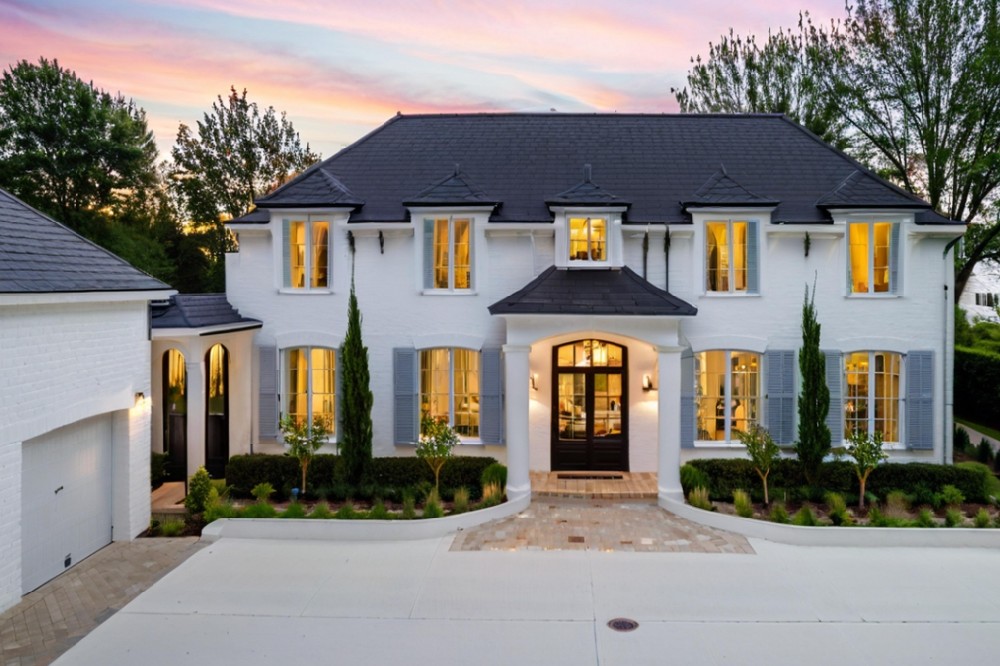How many years can an affordable light gauge steel frame house last?
With the maturity of prefabricated construction technology, affordable light gauge steel frame houses, thanks to their cost advantages and efficient construction, have become a mainstream choice for self-built homes in rural areas and low-rise residential buildings. Their service life has attracted considerable attention. This article analyzes the long-term performance of light-gauge steel frame houses by combining industry standards, real-world cases, and scientific data.

1. Industry Standards: Dual Verification of Legal Lifespan and Scientific Experimentation
According to the "Local Standard for Cold-Formed Thin-Walled Steel Structures for Low-Rise Residential Buildings," the legal lifespan of the main structure of a light-gauge steel villa is 50 years. However, in practice, scientific experiments (such as the G550 ZA150 test) have demonstrated that light-gauge steel keels can last for over 75 years. The Ministry of Housing and Urban-Rural Development's regulations further stipulate that the design lifespan of non-production steel structures is 80 years, far exceeding the 50 years of traditional brick-concrete structures. For example, the Hunan Loncin Company case study notes that light-gauge steel houses are popular in the United States and Japan, with actual use exceeding a century. A light-gauge steel villa built in California in 1900 remains well-preserved, demonstrating its viability for a century of use.
2. Materials and Craftsmanship: Core Factors Determining Lifespan
The durability of lightweight steel-structured buildings stems from the dual guarantees of materials and craftsmanship:
Aluminum-zinc-coated lightweight steel keels: Utilizing AZ150 coating, they have passed high-concentration salt spray testing, with corrosion levels below 0.001mm within 30 hours and a theoretical lifespan exceeding 200 years.
Prefabricated Process: Standardized factory production reduces on-site errors and ensures structural integrity. For example, a lightweight steel villa built in 2012 remains structurally stable and functional after 11 years of use, with the exterior wall finish remaining in excellent condition.
Disaster Resistance: They can withstand force 12 winds and magnitude 9 earthquakes, far exceeding the disaster resistance of traditional brick-concrete structures.
3. Real-World Case Studies: Time-Proven Long-Term Efficacy
A Century-Old Example: A lightweight steel villa built in California in 1900 has remained structurally intact after a century of weathering, becoming a classic example of the durability of lightweight steel buildings. Domestic Practice: After 11 years of use, a light steel villa built in 2012 still maintains vibrant exterior cement cladding, maintains normal interior function, and maintains intact decorative layers such as tiles and marble, demonstrating its service life far exceeds legal standards.
4. Maintenance and Care: Key Measures for Extending Lifespan
Although light steel structures inherently offer longevity, proper maintenance can further extend their service life:
Exterior Wall Maintenance: It is recommended to apply specialized paint every five years and replace asphalt shingles (approximately every 20 years) to refresh the exterior and extend the lifespan of the structure.
Daily Inspection: Regularly inspect electrical circuits, waterproofing, and connectors to prevent minor issues from accumulating and potentially causing structural damage.
Disaster Preparedness: While light steel structures are highly disaster-resistant, lightning protection systems and drainage systems must still be regularly inspected to ensure safety in extreme weather conditions.
5. Compared to Traditional Buildings: Dual Advantages of Cost-Effectiveness and Longevity
Compared to traditional brick-concrete structures, lightweight steel frame houses offer significant advantages in lifespan and maintenance costs:
Lifespan Comparison: Brick-concrete structures have a design lifespan of 50 years, but their safety factor decreases after 30 years, requiring frequent reinforcement. Light steel structures have an actual lifespan of up to 100 years and a longer maintenance cycle.
Cost-Effectiveness: Although the initial construction cost is slightly higher, light steel structures shorten the construction period by 70%, reduce labor costs, and lower amortized costs over long-term use.
Environmental Benefit: Light steel structure materials have a recyclability rate exceeding 80%, complying with green building policies and resulting in higher residual value during future demolition or renovation.
6. Industry Trends: Policy Support and Technological Upgrades
With the deepening of policies on prefabricated buildings, affordable light gauge steel frame house manufacturers are entering a golden period of development:
Policy Drive: The Ministry of Housing and Urban-Rural Development plans to increase the proportion of prefabricated buildings to over 50% by 2025, promoting the improvement of technical standards and the expansion of the market.
Technological Innovation: New fire-retardant coatings, nano-insulation materials, and intelligent monitoring systems further enhance the durability and safety of light steel structures. Market recognition: The global light steel structure market is expected to reach US$49.81 billion in 2025, with a compound annual growth rate of 8.2%, confirming its potential as a mainstream building form.


